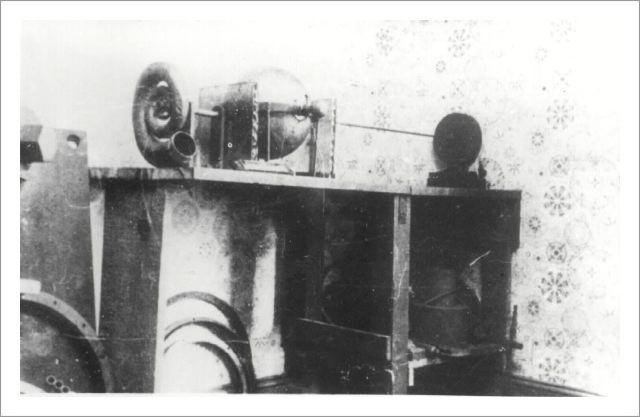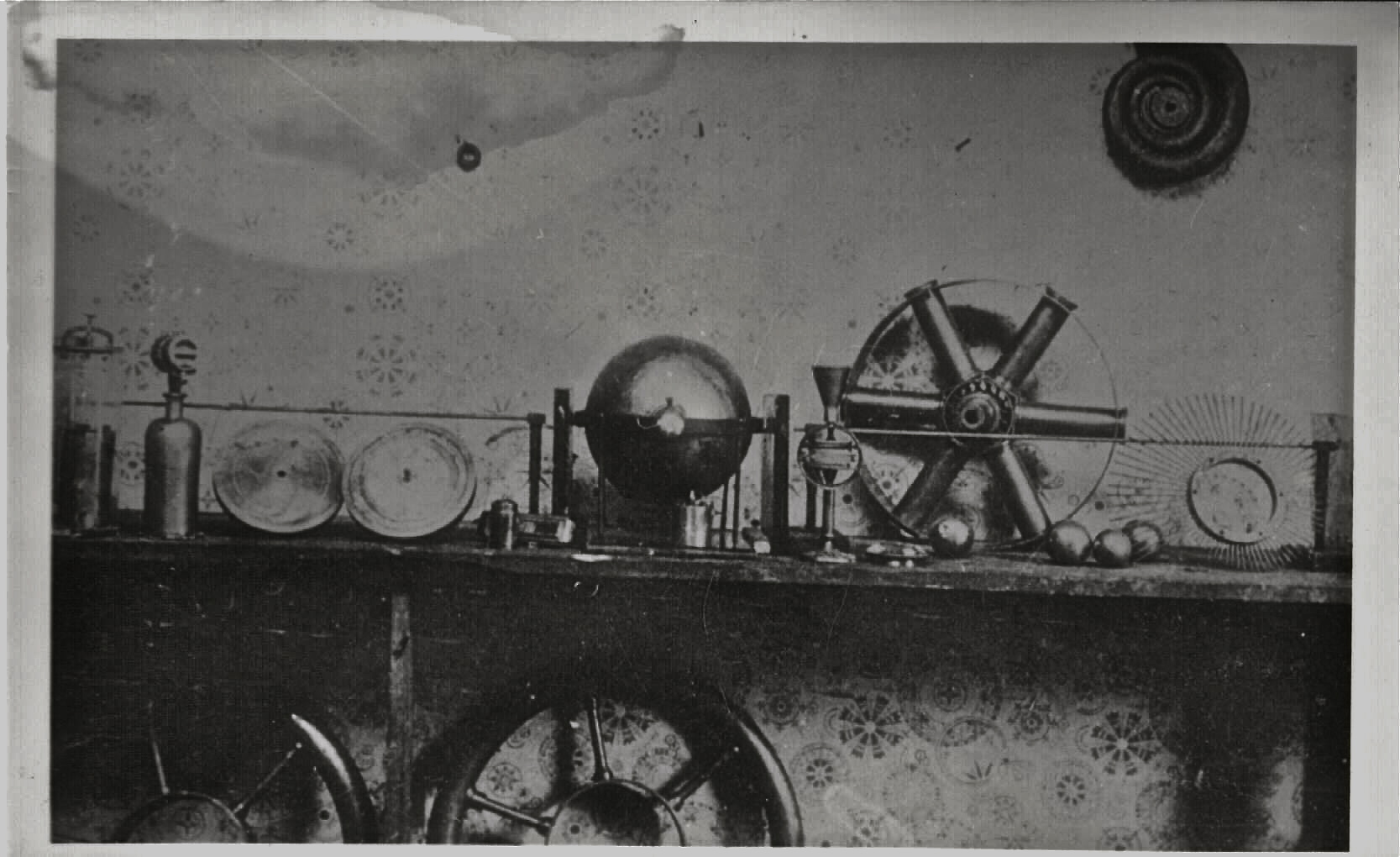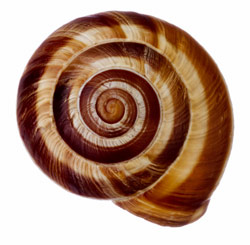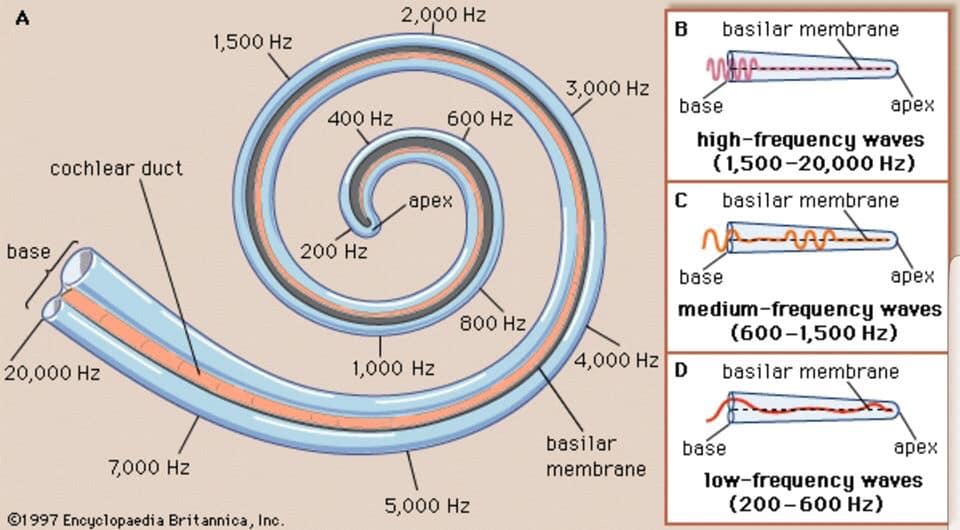



Observers have long wondered whether the snail-like shape of the cochlea–the organ of the inner ear–improves hearing or merely saves space. Now, in the 3 March PRL, researchers calculate that its spiral shape effectively boosts the strength of the vibrations caused by sound, especially for low pitches.
When sound waves hit the ear drum, tiny bones in the ear transmit the vibrations to the fluid of the cochlea, where they travel along a tube that winds into a spiral. The tube’s properties gradually change along its length, so the waves grow and then die away, much as an ocean wave traveling towards the shore gets taller and narrower before breaking at the beach. Different frequencies reach their peak at different positions along the tube, which allows the cochlea to distinguish them. Researchers have shown that the spiral shape of the cochlea has no effect on this peak position–theoretically, a straight, unrolled cochlea ought to function identically. But it turns out that the spiral shape does have a useful function–it enhances the vibrational motions that translate into nerve signals, according to the new work by Daphne Manoussaki of Vanderbilt University in Nashville, Tennessee, and Richard Chadwick and Emilios Dimitriadis of the National Institutes of Health in Bethesda, Maryland.
Because the spiral makes the mathematics very complex, the researchers used a highly idealized model for other aspects of the cochlea. Like previous workers, they found that the curvature had little impact on the average vibrational energy traveling along the tube. However, their calculations showed that, as the wave progresses, this energy increasingly accumulates near the outside edge of the spiral, rather than remaining evenly spread across it. Low frequencies travel the furthest into the spiral, so the effect is strongest for them. Since the cells that detect the vibrations respond especially well to pressure differences between the inner and outer edge, this concentration of sound intensity translates into higher sensitivity. [from https://physics.aps.org/story/v17/st8]
See Also
Inaudible Vibration
INAUDIBLE VIBRATIONS
snail shell resonator
